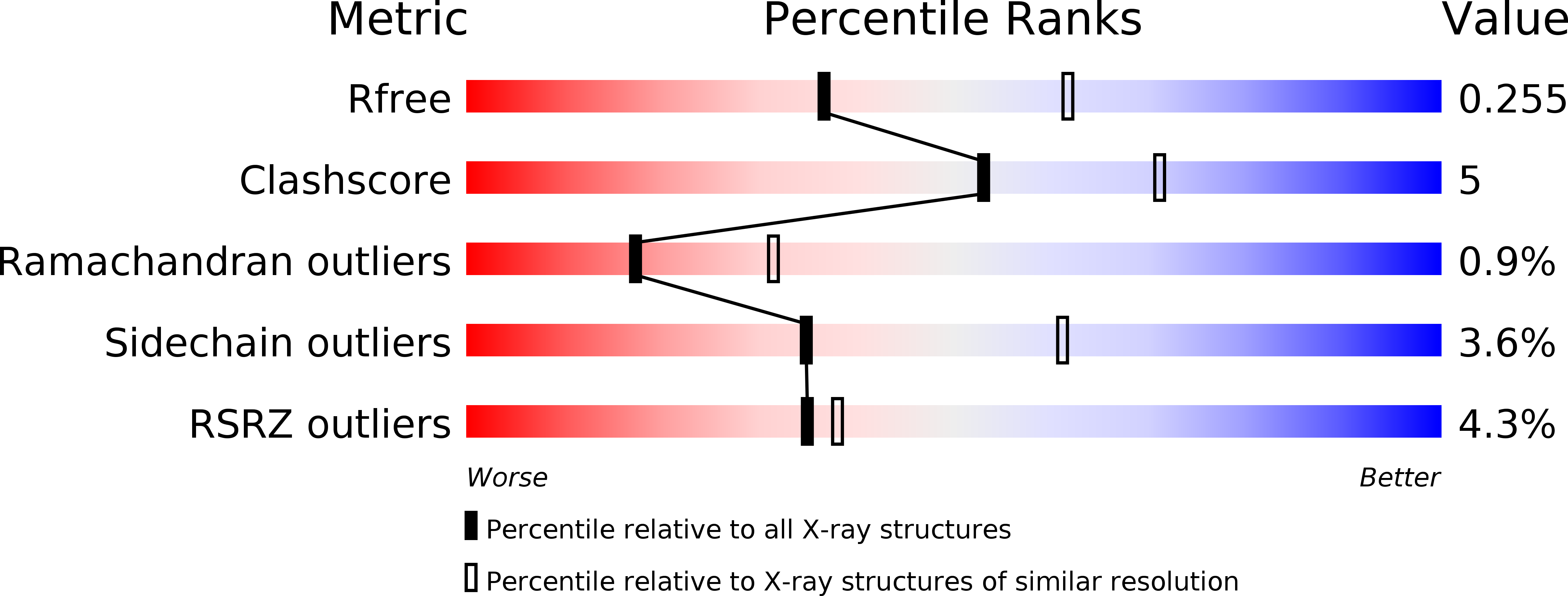
Deposition Date
2014-08-29
Release Date
2014-12-31
Last Version Date
2023-09-27
Entry Detail
Biological Source:
Source Organism:
Haemophilus influenzae (Taxon ID: 71421)
Host Organism:
Method Details:
Experimental Method:
Resolution:
2.49 Å
R-Value Free:
0.25
R-Value Work:
0.18
R-Value Observed:
0.18
Space Group:
I 21 21 21


